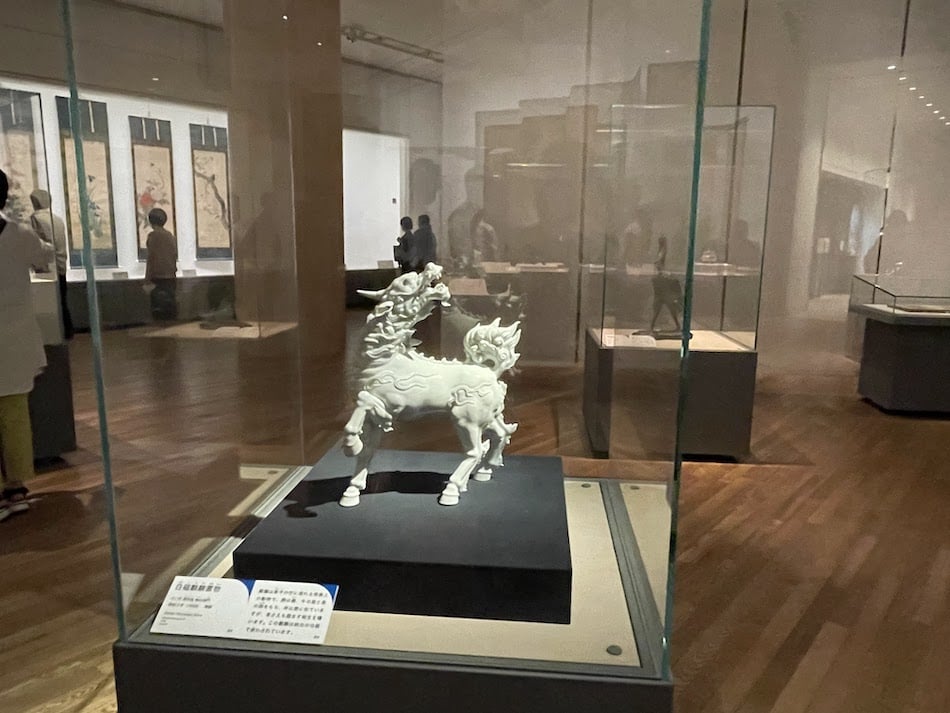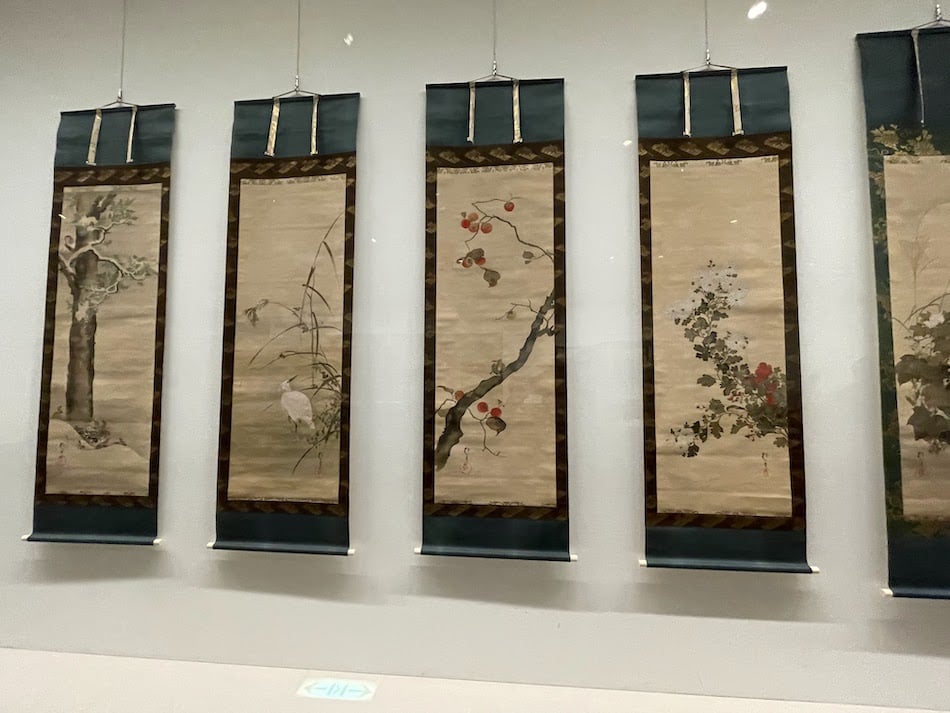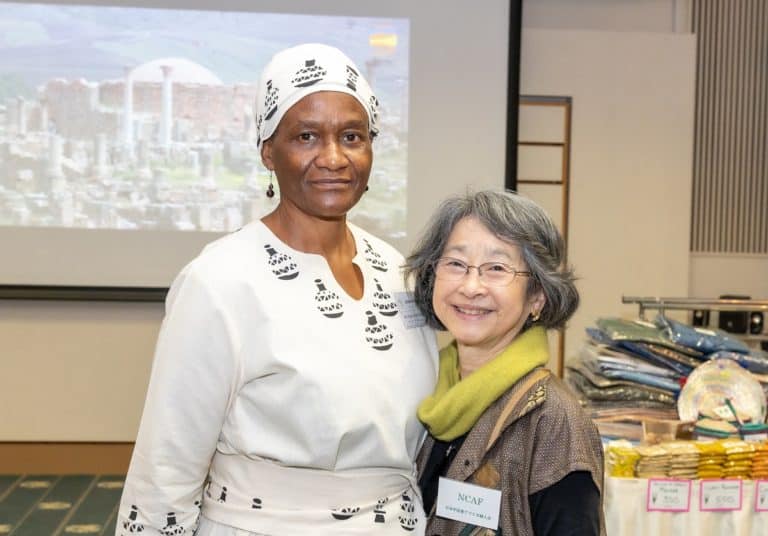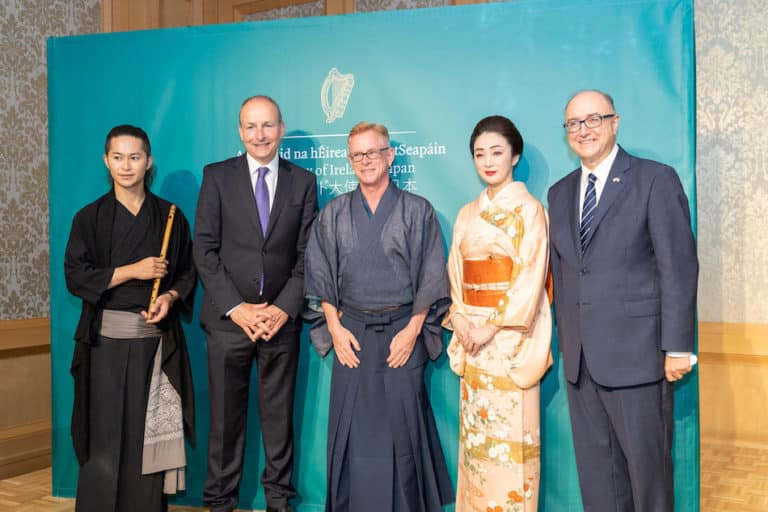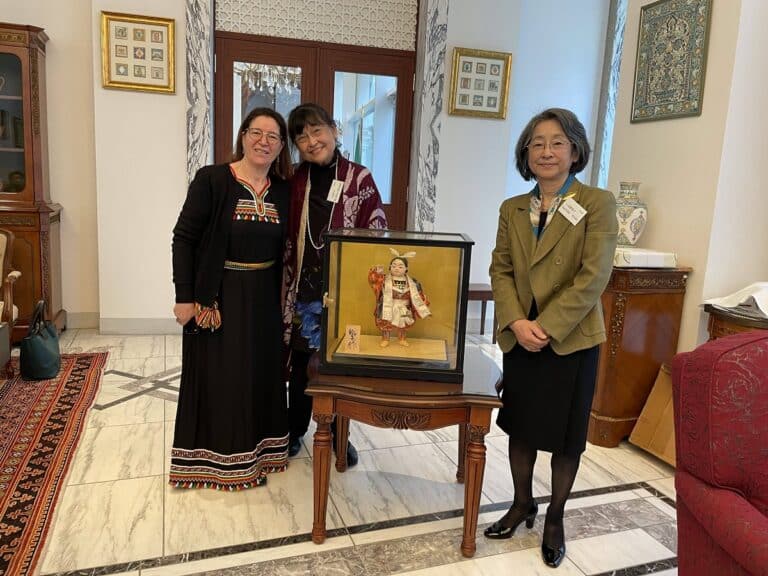Special Exhibition: Themes in Japanese Art from the Imperial Collection

Appreciate works of art that have been handed down through the Imperial Family.
Special Exhibition: Themes in Japanese Art from the Imperial Collection now being held at the Museum of Tokyo University of the Arts.
The Imperial Household Agency Sannomaru Shozokan Museum has a wonderful collection of works of art. This art exhibition is comprised of masterpieces from the collection of the Tokyo University of the Arts. The venue, the Tokyo University of the Arts Museum, was originally the Tokyo School of Fine Arts, founded by Tenshin Okakura and Arnest Fenollosa, and has since played an important role in art education in Japan. This exhibition is a collaboration between two organizations that can be said to be the top of Japanese art.

The Imperial Household Agency Sannomaru Shozokan Museum has a wonderful collection of works of art. This art exhibition is comprised of masterpieces from the collection of the Tokyo University of the Arts. The venue, the Tokyo University of the Arts Museum, was originally the Tokyo School of Fine Arts, founded by Tenshin Okakura and Arnest Fenollosa, and has since played an important role in art education in Japan. This exhibition is a collaboration between two organizations that can be said to be the top of Japanese art.
When you enter the exhibition room, the beauty of the chrysanthemum maki-e mother-of-pearl shelf takes your breath away. This work was produced by the Tokyo Fine Arts School and the Imperial Household Agency under the permission of Emperor Meiji. Rokkaku Shisui, who was a first-year student of the Tokyo Fine Arts School and later became a leading expert in lacquerware, also designed the Kirin mark of Kirin Brewery Company, Limited, which every Japanese person has seen. It was produced with the best technology and aesthetic sense of the time.
From the first exhibited work, it is clear that the word “takumi – artisan” is involved in this exhibition. Japan’s leading “takumi” in each field are competing with each other to demonstrate their skills. The Taiheiraku figurine, depicting a musician performing ancient Japanese gagaku, displays the high level of craftsmanship. The depiction of the feathers of the pair of dwarf chicken figurines by Koun Takamura is wonderful. In addition, the white porcelain giraffe figurine of the 12th generation Kakiemon Sakaida, which illustrates a pure white giraffe, does not express its original gentle character, but now has a manly figure that raises its left front leg and turns around to let out a roar.
The theme of living things also appears in this exhibit. The right screen of the Karajishi – lion folding screen was drawn by Kano Eitoku, and the left screen was drawn by Kano Tsunenobu, his great-grandson. Eitoku depicts a pair of lions in a serene manner, while his great-grandson Tsunenobu depicts a lively child lion that seems to play with his parents.
In a series of paintings called Tsuki nami-e, you can feel the changes of the four seasons unique to the culture of the Imperial Family. Hoitsu Sakai’s Twelve Months of Flowers and Birds combines beautiful flowers, vegetables, and birds that bloom each month on a small screen. Especially impressive are the figures of sorghum peeking out from between the dark blue morning glory flowers and the leaves drawn with a carefree brush stroke.
It is always wonderful to be able to view and appreciate so much beautiful artwork in one exhibition. This display is not only for the Japanese people — it is for everyone. I would definitely like foreigners to see it. You will feel like you have opened a treasure chest full of Japanese beauty.
Special Exhibition: Themes in Japanese Art from the Imperial Collection Official Website





